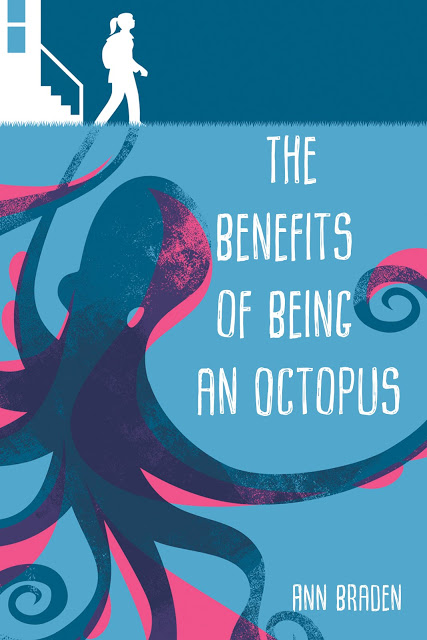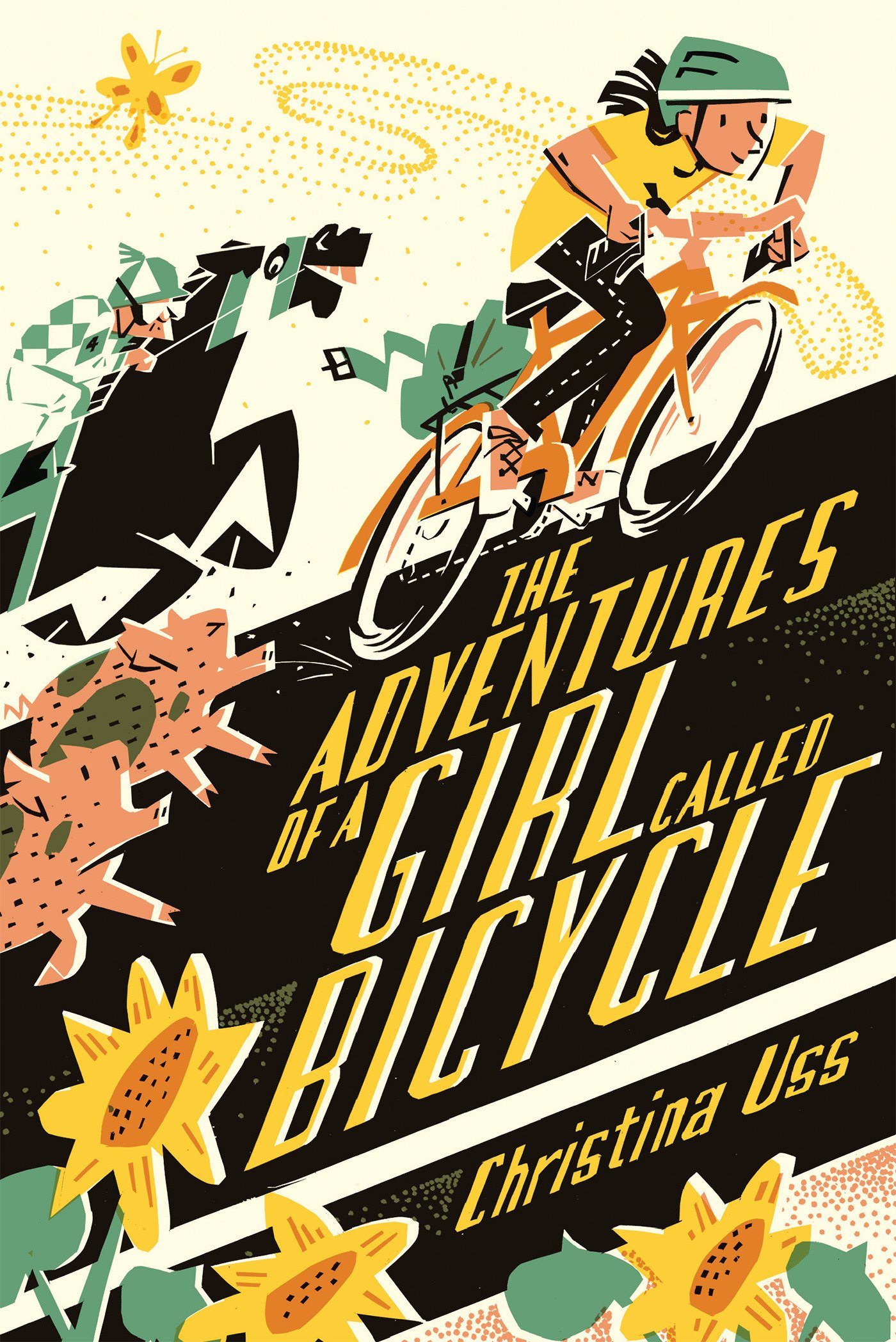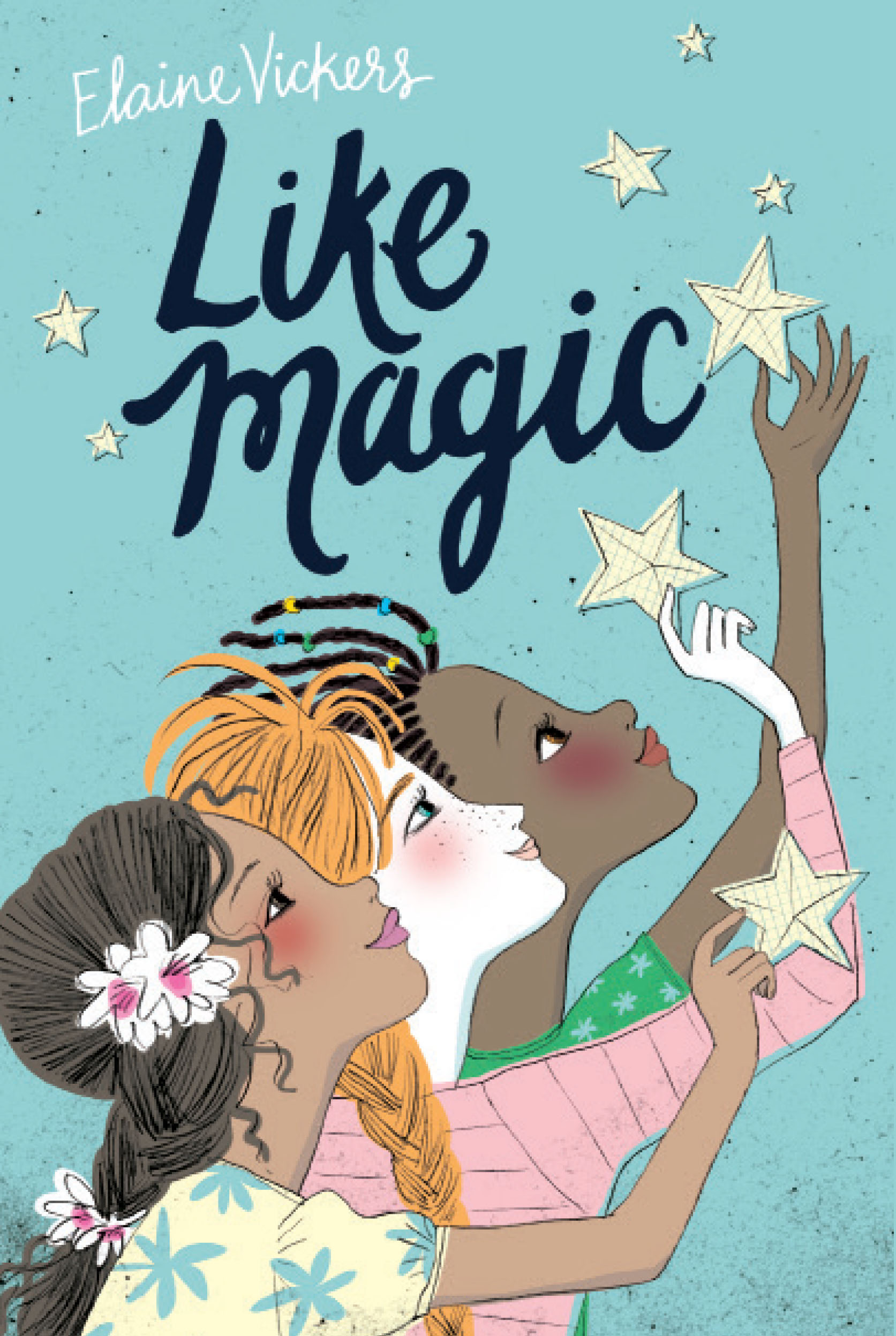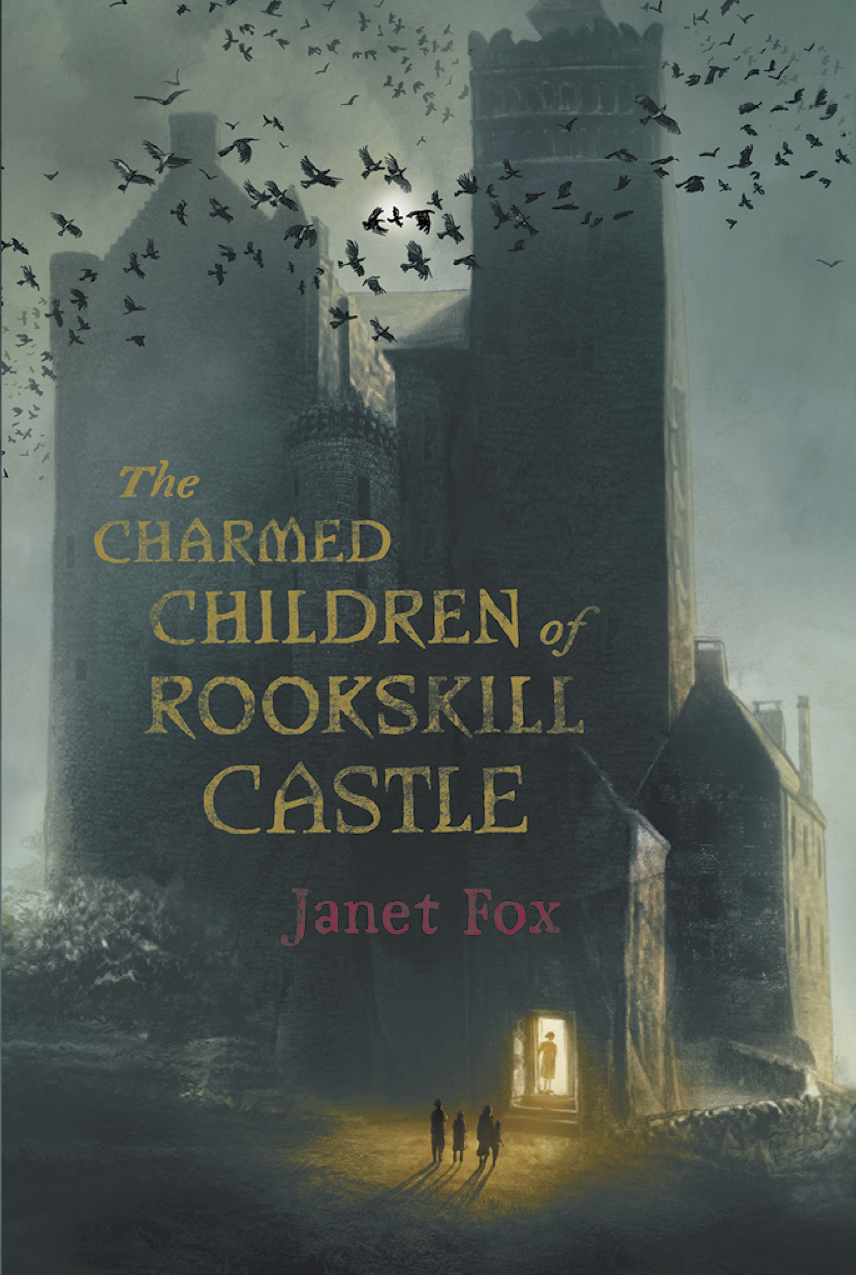 Melanie Crowder’s incredible novel PARCHED, which launches this week, is set in a world where water is so scarce that people will kill for access to it. For those of us who live in the USA or another highly developed country—where clean water flows out of taps in our homes whenever we need it—this story may read like highly imaginative fiction. But for people in other parts of the world, it’s already much closer to reality than we might realize. (In a situation that is eerily parallel to the one in PARCHED, this recent New York Times article reported that people are currently killing each other over water access in the drought-stricken country of Yemen.)
Melanie Crowder’s incredible novel PARCHED, which launches this week, is set in a world where water is so scarce that people will kill for access to it. For those of us who live in the USA or another highly developed country—where clean water flows out of taps in our homes whenever we need it—this story may read like highly imaginative fiction. But for people in other parts of the world, it’s already much closer to reality than we might realize. (In a situation that is eerily parallel to the one in PARCHED, this recent New York Times article reported that people are currently killing each other over water access in the drought-stricken country of Yemen.)
From 2009-2011, I was lucky enough to backpack around the world and visit many developing countries. Because of these experiences, Melanie asked me if I would help celebrate the launch of PARCHED by sharing some of what I learned about water around the world: how people use it, what it means to different cultures, and solutions that people have used for centuries to conserve it.
So without further ado, here are some interesting water facts and stories from my travels.
1) Tea ceremonies.
In several of the desert countries I visited, tea ceremonies were popular, but perhaps nowhere as much as in Mauritania, in the western Sahara desert. There, tea was served in tiny glasses after being poured back and forth until each glass had developed a head of foam worthy of a Guinness. Then the entire brewing and pouring ritual would be repeated three times over the course of an hour. I was impressed with how much the ritual accomplished: it brought people together socially, killed time under the hot desert sun, purified water for drinking through boiling, and quenched drinkers’ thirst using relatively little liquid.
Tiny cups of caffeinated liquid were also popular in Venezuela (tinto)…
…and India (masala chai).
2) Water-dependent architecture.
In Mali, another western African nation, many structures are built out of mud bricks—meaning that whether structures stand or fall is dependent on the availability of water. Making the bricks themselves is a weeks-long process that can only take place at certain times of year, when there is enough water to form the mixture but also enough sun to dry them.
Structures made out of mud brick—such as the world’s largest mud-brick mosque, in Djenné—are then eroded by the annual rains and need to be repaired when the dry season comes again.
3) Saved from slavery—by water.
Continuing through West Africa to Benin, 20,000 people live in stilted structures in the village of Ganvié, in the middle of Lake Nokoué. This village was established in the 17th century by the Tofinu people, who were trying to escape slavers from a different ethnic group called the Fon. The Fon’s religion forbade them from entering the water, so by building their homes on the lake, the Tofinu people were saved.
Today, their descendants trap fish using underwater nets and fences.
4) Bathrooms that conserve water.
Who says you need water to have a toilet? At the Green Turtle Eco-lodge in Ghana, indoor toilets are self-composting, using pits dug deep into the earth. You keep the lid down when the toilet’s not in use, and further control odor by dumping a scoop of ashes into the toilet after you use it.
In Indonesia, a traditional bathroom looks like this: a squat toilet and a mandi (or water basin). Whether you need to flush the toilet, wash your hands, or shower, you simply scoop the water you need out of the mandi and pour it where you need it. Since you can’t “leave the shower on” while lathering (and probably wouldn’t want to anyway—the water is cold!) much less water is wasted this way.
5) Capturing rainwater.
Sri Lanka has an amazing collection of man-made water “tanks,” or reservoirs, that were dug by hand between the 3rd century B.C. and the 12th century A.D., well before Europeans were using similar technology. These tanks were built to capture rainwater and irrigate dry areas, and continue to do so today. (Also, they are pretty to look at!)
6) Natural cisterns.
Madagascar is famous for its crazy-looking baobab trees. Their thick trunks hold hundreds of liters of water, which can be tapped by humans in dry periods.
Thanks to my travels, I’ll never again take clean water, running water, or hot water for granted—and I think that the readers of PARCHED will come away with a similar appreciation for the easy access we have to water in the developed world.
Have your own travels or life experiences exposed you to any surprising methods for using or conserving water? We’d love to hear about them in the comments. And remember that commenting gives you a chance to win a copy of PARCHED signed by Melanie Crowder!
***
Where to buy PARCHED:
IndieBound Barnes & Noble Amazon Books-A-Million Indigo Books Powell’s Books
_______________________________________________
 Tara Dairman is a novelist, playwright, and recovering world traveler. All Four Stars, her debut middle-grade novel about an 11-year-old who secretly becomes a New York restaurant critic, will be published in 2014 by Putnam/Penguin.
Tara Dairman is a novelist, playwright, and recovering world traveler. All Four Stars, her debut middle-grade novel about an 11-year-old who secretly becomes a New York restaurant critic, will be published in 2014 by Putnam/Penguin.
Find her online at taradairman.com.





































What a timely and interesting article. I appreciated the photos that accompanied the piece. I found the information about the baobab trees intriguing. It makes me wonder what encouraged the original people to tap a tree for water. I think PARCHED sounds like a fascinating read. Hope to win a copy!
LikeLike
Hi, Melody! Nice to read you here! — Carol B.
LikeLike
What a great post and a great reminder of the blessings of clean, available water.
LikeLike
Pingback: PARCHED launches! | tara dairman
Wonderful post…I once met children in Tanzania that had to walk a number of kilometers to get their water for the day…murky water at that. Every time I turn on the tap I think of them. No bottled water in this house. PARCHED is definitely on my ‘to read’ list especially after having already read the first 3 chapters…Tara, I wish you a never ending spring of success.
LikeLike
Donna, you have won the giveaway copy of PARCHED! Congrats! Contact me at melanie [at] melaniecrowder [dot] net so I can send it your way!
LikeLike
Hah, I think I’ve been in that Indonesian bathroom. Why didn’t I think to take a picture? 🙂 Very interesting and relevant post. Makes me wanna travel.
LikeLike
Oh, man, I HOPE you weren’t in that exact bathroom! I’m not sure why we decided to photograph that one–there definitely were some cleaner ones we could have chosen.
LikeLike
Super interesting post, Tara! Thanks for educating us on water use around the world! Looking forward to reading Parched 🙂
LikeLike
Fascinating, Tara! Thanks so much for sharing!!
LikeLike
Oooh, I liked the baobab trees! Thanks for an interesting start to my day, Tara. I learned something already!
Cindy
LikeLike
Fabulous post, Tara! One of these days I’d like to visit that mosque in Djenné, which I’ve only seen via BBC Earth.
I spent a year in Honduras, where I really learned how good we have it here in the U.S. As an experienced indoorsman and all-around lazy person it was quite jarring to drink water that’d been purified with bleach, bathe in a yard full of chickens and pigs using nothing but a bucket of cold water, and wash my clothes using water carried from a nearby stream. I was a volunteer at an orphanage outside of Tegucigalpa, and some of us purchases electric heating units that brought the temperature of the shower water up from bone-chilling to lukewarm. Every once in a while one of the heating units would burst into flames, which really detracts from the showering experience…
LikeLike
Heh, Mike, I totally remember getting shocked by one of those electric shower heaters in Bolivia. So unsafe! We really do have it good here.
I had no idea you’d spent a year in Honduras–that’s amazing! I only spent one night in that country (at Copan), but had some amazing pupusas. 🙂
Also, “experienced indoorsman”? LOL.
LikeLike
Mike, I hadn’t realized that you’d been in Honduras, either! Tara, I loved your post, which reminded me so much of my own travels. I remember the cold-to-luke-warm trickles of water in our bathroom showers in Colombia and Ecuador, and I remember feeling like such a wimp that I still wanted hot showers in tropical climates…
I wish I’d paid more attention to water conservation in Cairo, but we were staying with a Canadian friend who was teaching there, and thus didn’t have to fend for ourselves. It’s always amazed me that in much of the world, it isn’t safe to drink tap water. In Bali, Indonesia, we checked into this bungalow and the staff there gave us a complimentary glass of juice, and I broke out into the weird rash that lasted two days. Yes, we are definitely lucky to have access to clean and ample amounts of drinking water.
Melanie, I can’t wait to read PARCHED! As a teacher/ librarian, it sounds like it would make a nice pairing with Linda Sue Park’s A LONG WALK TO WATER.
All best wishes to you and to PARCHED!
LikeLike
I still love learning from your travels, Tara! We really do have it easy here! PARCHED sounds like an amazing (and important) read.
LikeLike